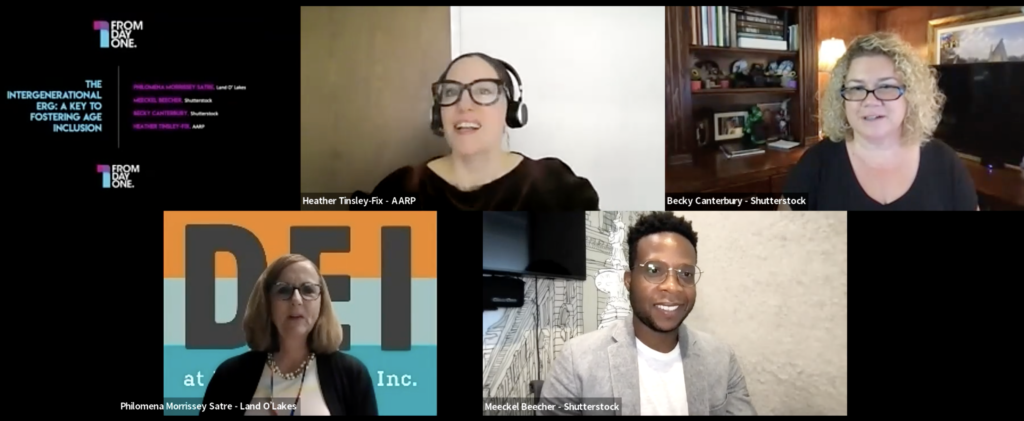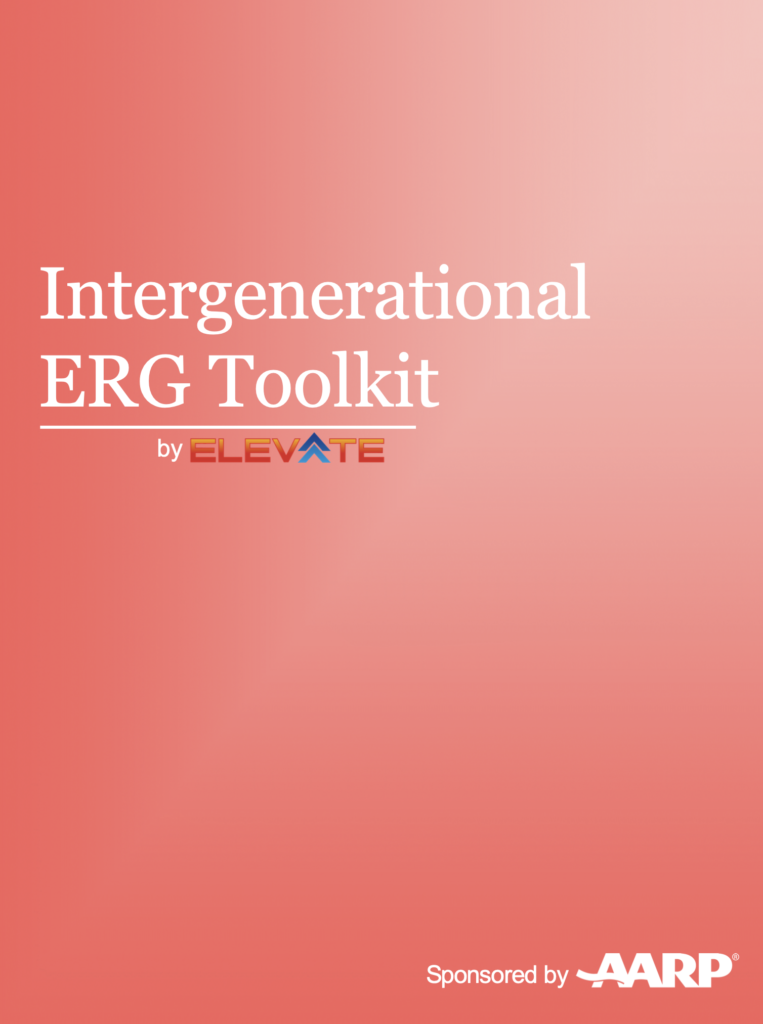Creating an Optimal Workplace for Hourly Employees: Essential Tips for Leaders
In an industry where employee turnover is famously high, what might keep a grocery store employee with the same company for decades?Mayerland Harris, group VP of talent at Texas retailer H-E-B, started at the company right out of college, taking her first job in store operations before moving into HR. She spent some time in the pharmacy department then held a few corporate roles where she oversaw all the centers of excellence for compensation, talent development, recruiting, and people analytics. Recently, she’s taken over HR for all store operations. Harris estimates she’s had a new role roughly every three years, and more than three decades later, she says the experience still feels fresh. Though Harris isn’t an hourly employee, the majority of H-E-B’s 160,000 employees are.“But the fundamental reason I’ve stayed all this time is the company has never really given me a strong reason to look outside,” Harris said during a From Day One webinar on creating an optimal workplace for hourly employees. “To take another job, you have to take that call from the headhunter, and you have to go on the interview, and you have to have some level of curiosity or dissatisfaction.” Harris just hasn’t felt that. “By the time I started thinking, ‘Hey, this doesn’t seem right,’ the situation would change, or my role would change, or that person would leave.”Lots of hourly workers start at H-E-B with a temporary summer job—then they end up staying, and it’s not uncommon for careers to last decades like Harris’s has. Some have been at the same store for 55 years. “I believe it is 100% the family orientation,” she said. “People will tell us they feel like when they work here, they’re a part of a family. Your [direct supervisor] is a big part of that, but so many people have best friends that are co-workers that they feel like they’re coming to, if not a reunion, at least a place that’s very, very comfortable.” Those who come from other organizations tell her they feel a genuine sense of respect from all levels of the team that they haven’t felt elsewhere.When Harris goes into the stores, she doesn’t put her title on her name tag, just her years of service. “The line employee or sweeping the floors or bringing the carts in is just as important as a manager or a leader, because it’s all about serving the customer.”Mayerland Harris of H-E-B spoke with journalist Emily McCrary-Ruiz-Esparza during the webinar (photo by From Day One)A good employee experience depends on having a good team. “We try to find people who are able to start and hold a conversation easily. There is an expectation that we’re talking to our customers as they’re going through the line or while we’re bagging groceries without being too intrusive about what you’re purchasing. We’re looking for people who genuinely like talking, who like interacting, especially for those roles that are customer-facing. Everything else, you learn on the job.”Growing the Careers of Hourly EmployeesAt H-E-B, even hourly roles can expand. There are career development tracks for those who want to be a specialist in their department. Hourly employees who want a chance at being a department manager can apply for a multi-week program called the School of Retail Management, where they gain both technical and leadership skills they still need for the job. Those who want to can keep going, progressing through the organization to become a top store leader or move into corporate. “We love when partners who start in hourly, non-management positions rise all the way to the top.”It helps that the company doesn’t contract with external companies for any of its store employees. That means they employ their own doctors and nurses for on-site health clinics. They also have pilots, engineers, and food scientists on the payroll. “We joke that we have every single career path in the world except for astronauts,” she said. “People see that and they feel like, ‘OK, I don’t have to be stuck here in this one role.’ There’s so much flexibility to do different things.”The operational implications for such a large organization are huge. Those who regard grocery retail as boring soon learn this isn’t the case. Front-end managers might be responsible for 500 or 600 people in a store that’s open 17 hours a day. Inventory and store experience has to flex with consumer preferences. “We’re always having to reinvent who we are, having to reinvent what we are providing. Do we do self-checkout or not? Do we provide meal solutions and all the different things people are looking for? You have to stay on top of that.” One TikTok video or news story can spike demand for a single item, and stores need to meet that need quickly. “That speed of change keeps everything pretty exciting.”Rewarding Excellent Work and Long TenureTo reward those with outstanding contributions, H-E-B has a company-wide recognition program where employees can nominate a colleague or a manager can nominate their direct report. The rewards are prestigious, she said. “You can win at your store level, your facility level, your regional level, or your division level, and then you can make it all the way up to the top person in the organization.”To get a sense of what it’s like to be an hourly worker, Harris uses the annual engagement survey to find a company baseline and identify aberrations, then address them at the store level with on-the-ground research and focus groups. “We have a whole department called customer insights, and these people are amazing at talking to customers and doing focus groups,” she said. “Well, now we’ve been using them to help us internally, because they are so good at asking questions and coming in with recaps. We use them also to spot-check and get feedback from our employees. And then we figure out what we can do to make the environment better.”One thing that makes the store environment so great is that the hourly workforce is so diverse, and that’s something employees really love, Harris said proudly. Hourly workers range from teenagers to octogenarians. “You’re not just working with people who have your same life experiences or your same background; the thing that you have in common is that store or that facility that you work in; the thing that you have in common is H-E-B.”Editor’s note: From Day One thanks our partner, Deputy, for sponsoring this webinar.Emily McCrary-Ruiz-Esparza is a freelance journalist and From Day One contributing editor who writes about work, the job market, and women’s experiences in the workplace. Her work has appeared in the Economist, the BBC, The Washington Post, Quartz, Business Insider, Fast Company, and Digiday’s Worklife.






